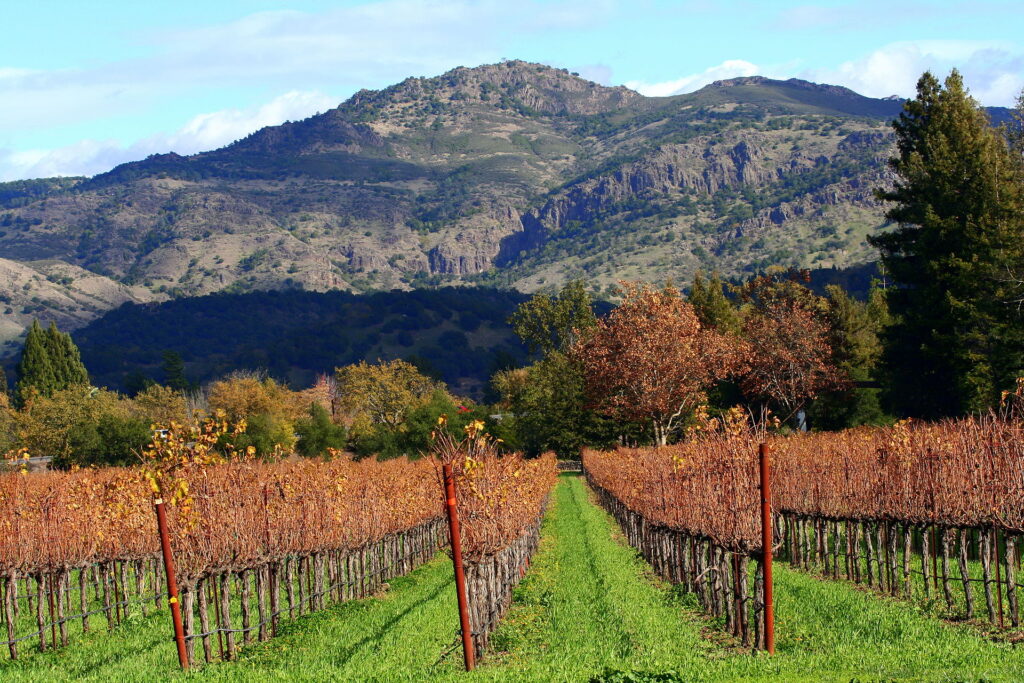
Moving to Napa Valley, California: A Comprehensive Relocation Guide
If you’re considering moving to Napa Valley, California, you’re looking at one of the most iconic wine regions in the world. Known for its rolling vineyards, gourmet dining, and picturesque small towns, Napa Valley offers a lifestyle that blends rural beauty with refined culture. This guide explores demographics, quality of life, economy, housing, and education to help you decide if Napa Valley is the right place for your next chapter. Find trusted local services for moving, living, and working in Napa Valley.Napa Valley Relocation Directory
Demographic Profile for Considering Moving to Napa Valley
Napa Valley encompasses several communities, including Napa, Yountville, St. Helena, Calistoga, and American Canyon, with a combined population of about 135,000–140,000 residents. The area attracts retirees, hospitality professionals, and families seeking a slower pace of life. The median age across the valley is approximately 40–42 years, and the region maintains a diverse cultural heritage influenced by generations of winemakers, chefs, and artisans.
Quality of Life
Life in Napa Valley is deeply connected to the land and its agricultural roots. Residents enjoy breathtaking scenery, vineyard-lined roads, and mild Mediterranean weather perfect for outdoor activities like hiking, cycling, and wine tasting. Cultural opportunities abound—from music festivals such as BottleRock to art exhibits and farmer’s markets. While tourism drives much of the local economy, residents appreciate the close-knit, small-town feel of each community.
Economic Opportunities
Napa Valley’s economy revolves around wine production, hospitality, tourism, and agriculture. Dozens of world-famous wineries and resorts provide employment, while supporting industries like logistics, event planning, and culinary arts are thriving. Healthcare, education, and small business entrepreneurship also contribute to the valley’s economic stability. Many professionals choose Napa Valley for its blend of career opportunities and enviable lifestyle, with the Bay Area’s broader job market within commuting distance.
Housing and Cost of Living
Housing varies widely across Napa Valley. Options range from rustic cottages in Calistoga to upscale estates in St. Helena and modern homes in American Canyon. Median home prices are high due to the valley’s prestige and limited space for development. Rentals are available but competitive, especially during peak tourism seasons. While the cost of living exceeds the national average, residents often find the scenic beauty and cultural amenities worth the premium.
Education and Healthcare
Public education is provided by several districts, including Napa Valley Unified School District and St. Helena Unified School District, both offering well-rated schools. Higher education opportunities include Napa Valley College and nearby universities such as Sonoma State and UC Davis. Healthcare services are robust, with Queen of the Valley Medical Center and local clinics serving the region’s needs.
Things to Consider / Challenges
-
High Housing Costs: Limited inventory drives up prices.
-
Tourism Traffic: Popular events and peak seasons can cause congestion on key roads.
-
Wildfire Preparedness: As with much of Northern California, wildfire risks require vigilance and community preparedness.
Conclusion About Moving to Napa Valley
Relocating to Napa Valley, California, offers a unique lifestyle centered on wine country living, cultural sophistication, and natural beauty. Whether you’re drawn by career opportunities in hospitality, a love for fine wine and food, or the desire for a picturesque, slower pace, Napa Valley combines rural charm with world-class amenities. By considering its economy, housing market, and quality of life, you can confidently decide if this legendary region is the perfect fit for your next move.

